Submitted by Mary Napoli and Angela M. Wiseman, Co-chairs, Early Career Award Committee In our rapidly evolving professional landscape, we continue to advance our collective body of research through the connections forged through CLA. It is this dynamic cycle of research combined with our networking opportunities that informs new directions and possibilities. With this in mind, we want to celebrate the contributions of our CLA Early Career Award Recipients from 2017 to the present. As you will read, they have continued to impact the field with their innovative and timely scholarship. In this blog post, we share their responses to open-ended questions that highlight their recent contributions to children’s literature and future projects on the horizon. They were also invited to reflect on how readers and educators will leverage their research in actionable and transformative ways. Finally, everyone was asked to share a photo of something that matters to them. 2023 CLA Early Career Award RecipientJOSH COLEMAN
2019 CLA Early Career Award RecipientNOREEN NASEEM RODRIGUEZ
2017 CLA Early Career Award Recipient
ANGIE ZAPATA
Mary Napoli is the former co-chair of the 2023 Early Career Award Committee. She is an associate professor of education and reading at Penn State Harrisburg. Angela Wiseman is a former CLA Board Member and co-chair of the 2023 Early Career Award Committee. She is an associate professor of literacy education at North Carolina State University. By Jennifer M. Graff, Jenn Sanders, and Courtney Shimek on behalf of The Biography Clearinghouse
A Sampling of Wu Chien Shiung’s Accomplishments and Accolades |
| The first woman to
She also received
The Biography Clearinghouse’s latest entry includes interdisciplinary teaching ideas and resources that
This entry also features interviews with Robeson and Huang about their inspirations for this picturebook biography, connections to Wu Chien Shiung, and details about their research and composing processes, among other interesting topics. Below are three instructional ideas from this entry. |
Mentoring Via Peer Conferencing
Teach the mentor/tutor to pay attention to the writer’s ideas before worrying about spelling conventions.
“Respect the writer and the writer’s paper.”
Make the writer feel comfortable, be an active listener, and don’t write on the person’s paper.
“Involve the writer by asking questions.”
Teach mentors/tutors to ask open ended questions that get the writer talking about their ideas, their writing purpose, or their process.
“Teach the writer.”
Mentors/tutors share writing strategies that can be applied to the current piece but also across other pieces, rather than just trying to fix or revise the one piece they are discussing.
“Encourage the writer.”
Mentors/tutors provide encouragement by noting something specific that the writer did really well and offering one or two suggestions for revision (p.127).
Teachers can also invite students to consider the role of mentorship in their own lives. Students can identify individuals who have served as mentors to them and explore mentorship patterns and practices that are helpful and empowering to them as learners.
Advocacy and Activism
- Yuri Kochiyama was a political activist from California who fought with Malcom X to work for racial justice, civil and human rights, and anti-war movements. She went on to work in the redress and reparations movements for Japanese Americans and continued to fight for political prisoners until she passed away in 2014.
- Pranjal Jain is an Indian-American activist who has been organizing since she was 12 years old. As a current undergraduate at Cornell University, she is the founder of Global Girlhood, a women-led organization that inspires intercultural and intergenerational dialogue in online and offline spaces.
- Stephanie Hu is a Chinese American who founded Dear Asian Youth while she was a high school student as a support website for marginalized young people as a result of the rise in anti-Asian racism and violence during the Covid-19 pandemic.
- Anna May Wong was the first Chinese American movie star to appear in U.S. box offices. Although she was often relegated to smaller roles that perpetuated Asian stereotypes, her career spanned silent films, talkies, theater, and television, and she helped blaze the trail for Asian American performers after her. See Paula Yoo and Lin Yang’s (2009) picturebook biography, Shining Star: The Anna May Wong Story, published by Lee & Low Books.
Printmaking a Character for Fiction Writing
By using basic supplies such as styrofoam plates and markers for printmaking, students can create a character to print and use in their own creative story. Watch this short video of a teacher demonstrating the styrofoam printmaking process.
If you have 1-2 hours…. |
If you have 1-2 days… |
If you have 1-2 weeks… |
Each student can design a main character for a story they write, and then draw and marker-print the character on paper. In this activity, students will experience a process of printmaking that helps them understand the steps and all the work that goes into making printed images. |
After students create their printed character (see the If you have 1 to 2 hours . . . column), students can draft the story in which their character experiences a problem, challenge, or adventure. Based on their story, they can add a background setting in their picture to place their character in the context of their story. Students will simply draw the background setting and objects around their character on their printed picture. |
Students can print their character four to six times, on separate pieces of paper, to create a storyboard with multiple scenes. Save one of these prints to make a title page for the story. For this activity, we recommend students leave the background of the styrofoam plate empty so they can draw in different backgrounds as the story progresses. Then, they can divide their corresponding written story into sections (three, four, or five, depending on the number of prints they made). For each story section, they can draw in a related background setting, additional characters, or objects to help complete the scene. In the end, they will have a multimedia print that has their character marker-printed and the background drawn in with pen, marker, or other tools. |
Reference
Jennifer Sanders is a Professor of Literacy Education at Oklahoma State University, specializing in representations of diversity in children’s and young adult literature and writing pedagogy. She is co-founder and co-chair of The Whippoorwill Book Award for Rural YA Literature and long-time member of CLA.
Courtney Shimek is an Assistant Professor in the department of Curriculum & Instruction/Literacy Studies at West Virginia University. She has been a CLA member since 2015.
By Joanne Yi
As I read Love As Strong As Ginger (Look, 1999), Hannah is My Name (Yang, 2004), A Different Pond (Phi, 2017), and Drawn Together (Le, 2017), I felt pangs of recognition as I recalled my childhood. These picturebooks were Asian American counterstories (Delgado, 1989), narratives that were different in content, perspective, and ideology from those reflecting the mainstream. The latter often racializes Asian American characters, stereotyping them as a monolith, as perpetual foreigners, and as model minorities. In contrast, the power of counterstories is, as Couzelis (2014) wrote, their “potential to destabilize dominant national myths that act as ‘universal’ histories” (p. 16).
It is important to realize that many of these stories were intentionally created to provide Asian American representation. Many stories were inspired by the authors’ own childhoods in the United States and were often tied to specific memories, such as playing with cousins while the adults played mahjong or fishing for that evening’s supper, rather than general experiences, such as moving or acclimating to a new school.
Several of the texts that disrupted stereotypical tropes did so because the illustrators figuratively drew themselves into stories not originally written with Asian American characters in mind. It’s no small matter that illustrator Louie Chin depicted Asian American siblings in a silly story about dinosaurs crashing a birthday party (Don’t Ask a Dinosaur, 2018), for example, or that Yumi Heo perceived Bombaloo, an imagined manifestation of anger and petulance, as a little Korean American girl (Sometimes I’m Bombaloo, 2002). These stories are meaningful, not because the starring role in a “White” story was filled by an Asian American, but because the stories finally aligned with the imaginations and realities of Asian American children themselves.
The difference lies in stories from Asian Americans and storying about Asian Americans. Myths of the model minority are laid bare with authors’ own stories and family histories of poverty, post-immigration traumas, language barriers, and cultural clashes. They are in stark contrast to those more commonly heard tales of joyous overseas adoptions, racially ambiguous people, fearsome ninjas, and fragile origami, and the myths that come with them. Such stories do not produce connections or reflections for readers. Rather, the defining characteristic of the most notable picturebooks was their commitment to authenticity and the telling of lived experiences.
Recommendations for Picture Books
I encourage educators and families to explore the diverse richness of Asian America and share these stories with the children in their care.
|
Drawn Together (2018) written by Minh Le, illustrated by Dan Santat
In this familiar story about intergenerational language barriers, a young boy who speaks only in English, struggles to communicate with his grandfather, who speaks only in Thai. They find commonality in their love of drawing and learn to bridge understandings and connect in new ways. |
|
Where’s Halmoni? (2017) written and illustrated by Julie Kim
Two Korean American siblings, Joon and Noona [older sister], arrive at their grandmother’s house to find her missing. As they call out for their halmoni [grandmother], they stumble upon a hidden world straight out of a Korean folktale and meet a chatty rabbit, hungry dokkebis [goblins], a fierce tiger, and more. Guaranteed to bring a smile to kids’ faces, this lighthearted and adventurous tale explores Korean folklore, language, and culture in a way that never feels didactic, just pure fun. |
|
Amira’s Picture Day (2021) written by Reem Faruqi and illustrated by Fahmida Azim
Amira, a young Pakistani American girl, may burst from delight over Eid al-Fitr and the celebrations, treats, and fun it brings. However, her excitement over skipping school to celebrate is dampened when she realizes it is also Picture Day. This gentle story casts a spotlight on the importance of events and special days for children and how home and school lives may conflict, particularly for those who do not identify as part of the majority. |
|
Watercress (2021) written by Andrea Wang, illustrated by Jason Chin
This autobiographical story centers on a Chinese American family who, on a long drive through rural Ohio, spots wild watercress growing on the side of a road in a muddy ditch. They stop and forage the plants, which are later cooked for dinner. The young protagonist is at first embarrassed by her parents’ actions but as she learns more about her Chinese heritage, she begins to feel cultural and familial pride. |
|
When Everything Was Everything (2018) written by Saymoukda Duangphouxay Vongsay, illustrated by Cori Nakamura Lin
This story is based on the author’s own memories but will be intimately familiar to many other Southeast Asian American immigrants and refugees who grew up in working class Minneapolis. The poetic text, which reflects the author’s spoken word roots, describes everyday, ordinary bits of life, from food stamps to ESL classes to public housing, from the perspective of a Lao American child. |
Yi, J. H. (2020). Representations, Racialization, and Resistance: Exploring Asian American Picturebooks, 1993–2018 (Doctoral dissertation, Indiana University).
References
Couzelis, M .J. (2014). Counter-storytelling and ethnicity in twenty-first-century American adolescent historical fiction (UMI No. 3620806) [Doctoral Dissertation, Texas A&M University]. ProQuest Dissertations Publishing.
Delgado, R. (1989). Storytelling for oppositionists and others: A plea for narrative. Michigan Law Review, 87(8), 2411–2441.
Authors:
CLA Members
Supporting PreK-12 and university teachers as they share children’s literature with their students in all classroom contexts.
The opinions and ideas posted in the individual entries are those of the individual authors and do not necessarily reflect the opinions or views of CLA or the Blog Editors.
Blog Editors
contribute to the blog
If you are a current CLA member and you would like to contribute a post to the CLA Blog, please read the Instructions to Authors and email co-editor Liz Thackeray Nelson with your idea.
Archives
May 2024
April 2024
March 2024
February 2024
January 2024
December 2023
November 2023
October 2023
September 2023
August 2023
May 2023
April 2023
March 2023
December 2022
November 2022
October 2022
September 2022
August 2022
June 2022
May 2022
April 2022
March 2022
February 2022
January 2022
December 2021
November 2021
October 2021
September 2021
August 2021
June 2021
May 2021
April 2021
March 2021
February 2021
January 2021
December 2020
November 2020
October 2020
September 2020
August 2020
June 2020
May 2020
April 2020
March 2020
Categories
All
Activism
Advocacy
African American Literature
Agency
All Grades
American Indian
Antiracism
Art
Asian American
Authors
Award Books
Awards
Back To School
Barbara Kiefer
Biography
Black Culture
Black Freedom Movement
Bonnie Campbell Hill Award
Book Bans
Book Challenges
Book Discussion Guides
Censorship
Chapter Books
Children's Literature
Civil Rights Movement
CLA Auction
CLA Breakfast
CLA Expert Class
Classroom Ideas
Collaboration
Comprehension Strategies
Contemporary Realistic Fiction
COVID
Creativity
Creativity Sponsors
Critical Literacy
Crossover Literature
Cultural Relevance
Culture
Current Events
Digital Literacy
Disciplinary Literacy
Distance Learning
Diverse Books
Diversity
Early Chapter Books
Emergent Bilinguals
Endowment
Family Literacy
First Week Books
First Week Of School
Garden
Global Children’s And Adolescent Literature
Global Children’s And Adolescent Literature
Global Literature
Graduate
Graduate School
Graphic Novel
High School
Historical Fiction
Holocaust
Identity
Illustrators
Indigenous
Indigenous Stories
Innovators
Intercultural Understanding
Intermediate Grades
International Children's Literature
Journal Of Children's Literature
Language Arts
Language Learners
LCBTQ+ Books
Librarians
Literacy Leadership
#MeToo Movement
Middle Grade Literature
Middle Grades
Middle School
Mindfulness
Multiliteracies
Museum
Native Americans
Nature
NCBLA List
NCTE
NCTE 2023
Neurodiversity
Nonfiction Books
Notables
Nurturing Lifelong Readers
Outside
#OwnVoices
Picturebooks
Picture Books
Poetic Picturebooks
Poetry
Preschool
Primary Grades
Primary Sources
Professional Resources
Reading Engagement
Research
Science
Science Fiction
Self-selected Texts
Small Publishers And Imprints
Social Justice
Social Media
Social Studies
Sports Books
STEAM
STEM
Storytelling
Summer Camps
Summer Programs
Teacher
Teaching Reading
Teaching Resources
Teaching Writing
Text Sets
The Arts
Tradition
Translanguaging
Trauma
Tribute
Ukraine
Undergraduate
Using Technology
Verse Novels
Virtual Library
Vivian Yenika-Agbaw Student Conference Grant
Vocabulary
War
#WeNeedDiverseBooks
YA Lit
Young Adult Literature

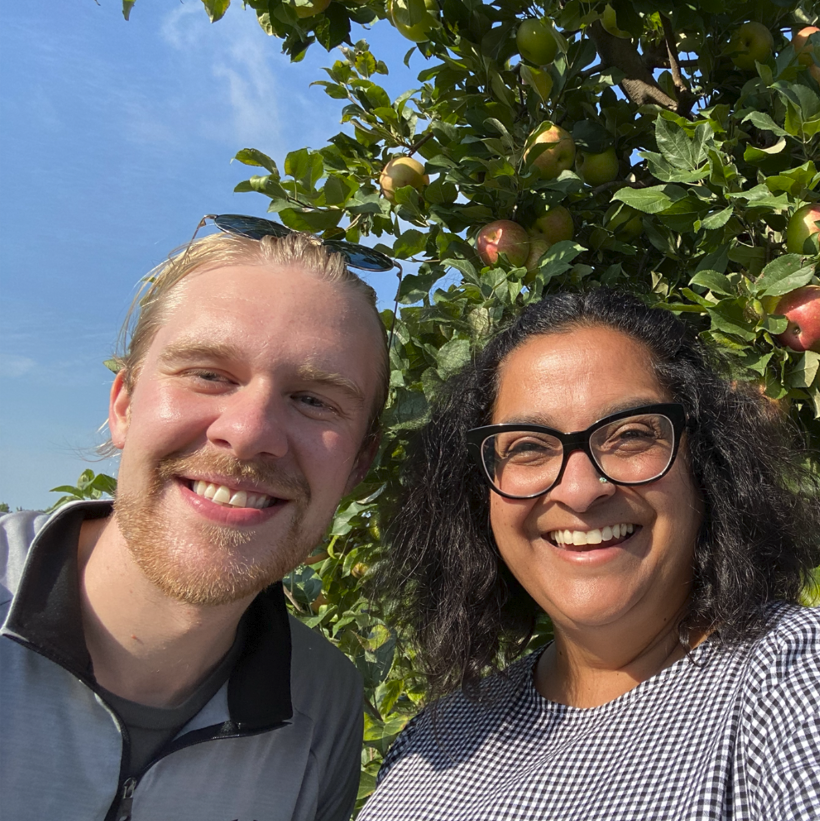
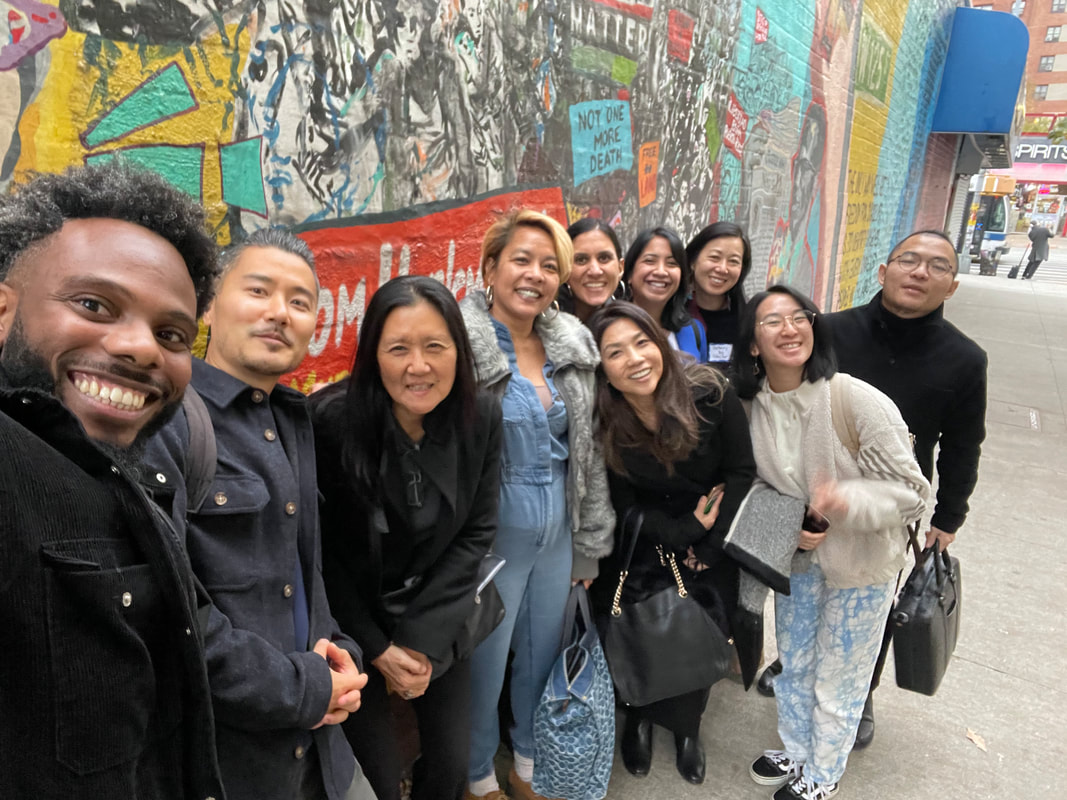
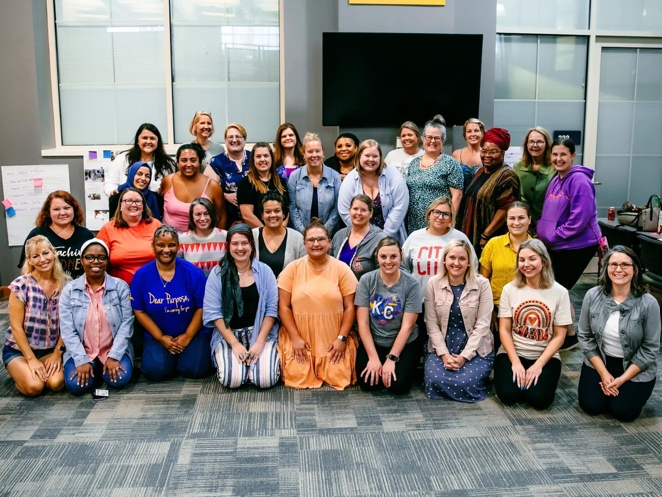
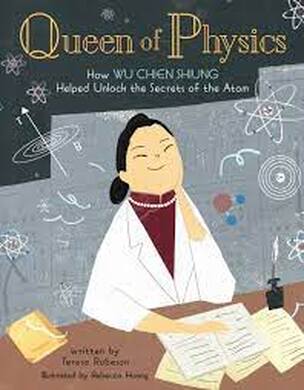
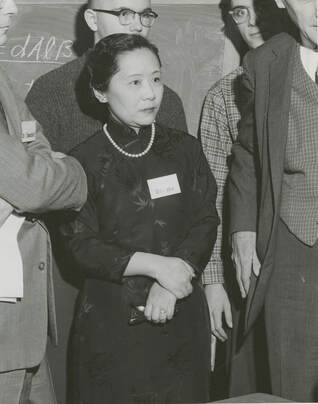
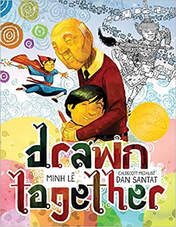
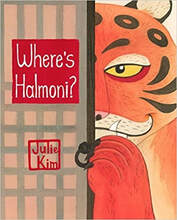
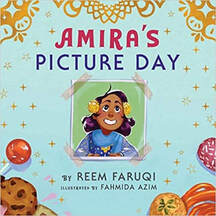
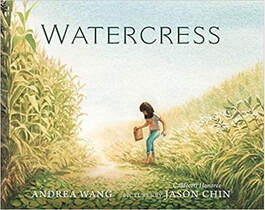
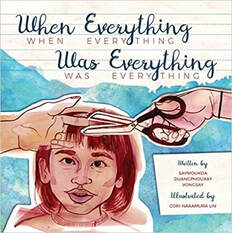
 RSS Feed
RSS Feed